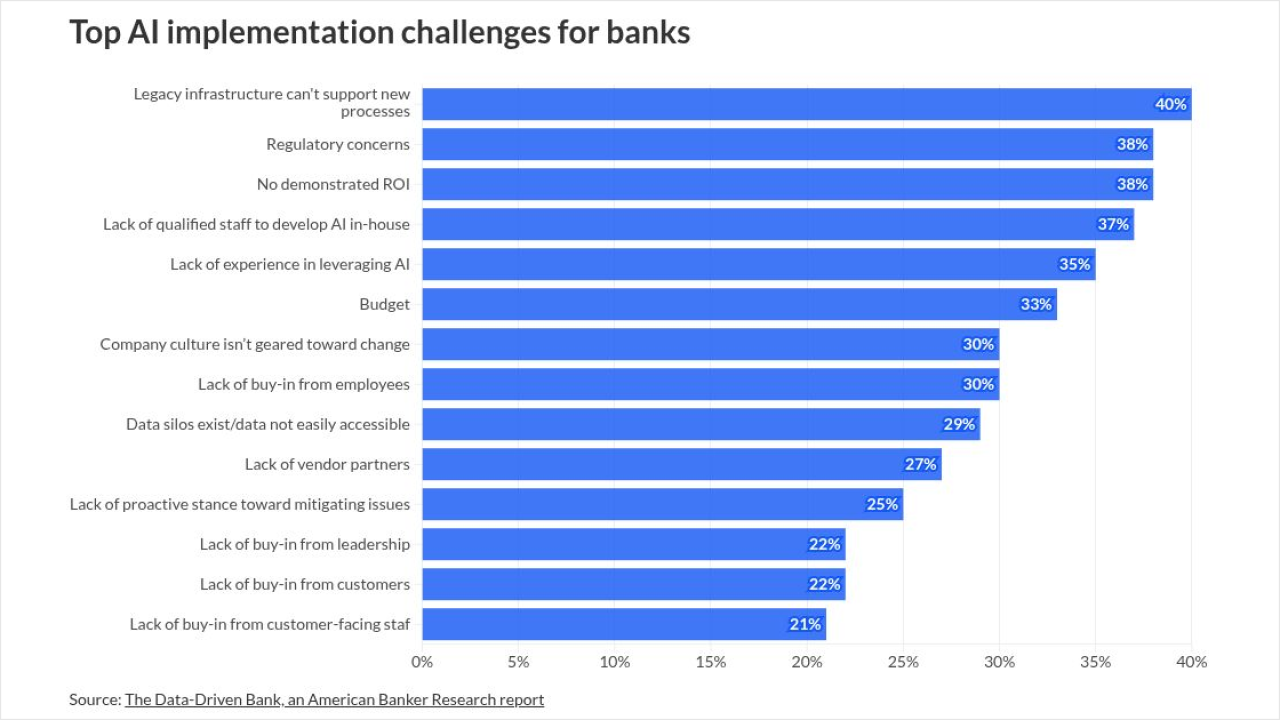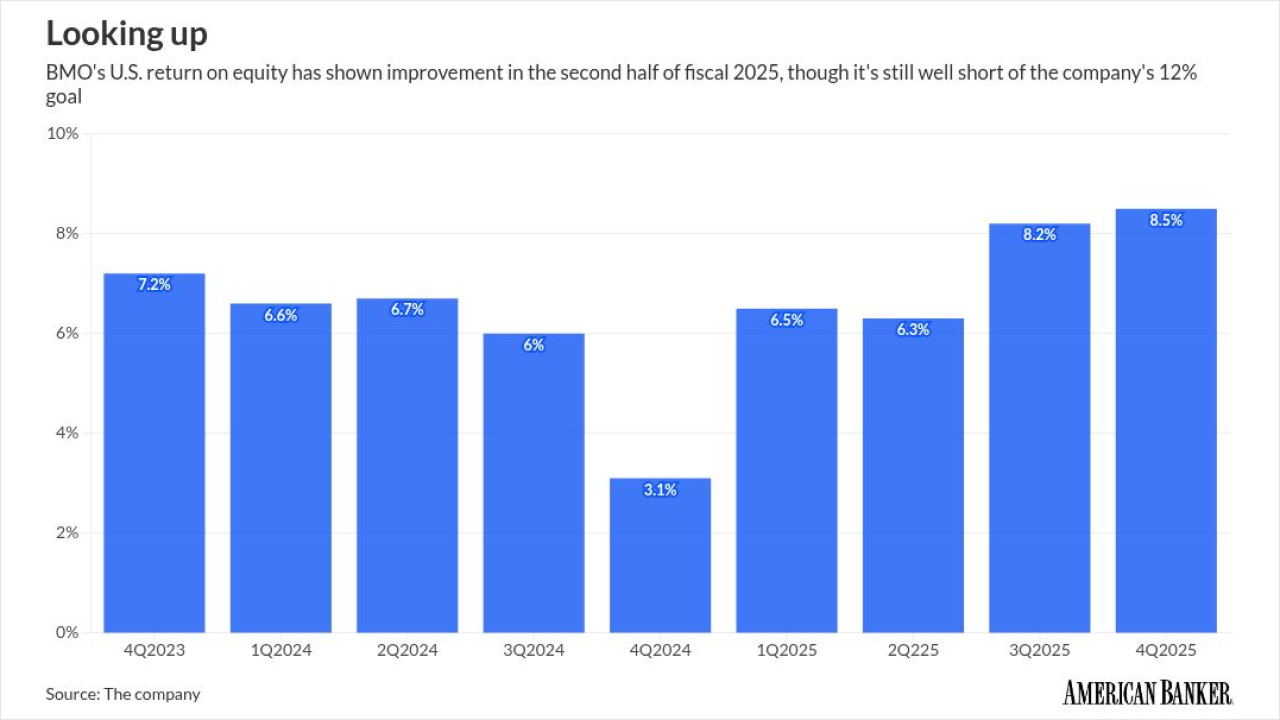-
The FHFA abruptly killed a Fannie Mae plan earlier this month that promised to save the GSE hundreds of millions of dollars in force-placed insurance premiums. Critics see industry pressure as the culprit.
February 25 -
Evidence of abuses and self-dealing in force-placed insurance suggests there may be far larger problems in how servicers are handling home loans than sloppy document recording.
November 9
The Federal Housing Finance Agency has proposed banning force-placed insurance commissions in a blow to banks and other mortgage servicers.
The regulator's move was first reported by the
For the GSEs to end up paying for servicer commissions, which regularly run between 10-15%, runs "contrary to prudent business practice" and "expose the Enterprises to potential losses as well as litigation and reputation risks," the agency
The FHFA announcement comes less than two months after the FHFA, conservator for the government sponsored mortgage entities, told mortgage trade groups that it was killing a Fannie Mae plan to ban servicers from receiving commissions and lower force-placed costs by purchasing coverage directly from underwriters. Fannie's proposal would have
The FHFA's February decision to block Fannie's plan was widely interpreted as a victory for banks by consumer advocates, industry sources and others. The regulator's new move to bar commissions was thus unexpected and caught even Fannie Mae officials off guard, sources familiar with it say.
In a statement to the House Financial Services Committee last week, Edward DeMarco, acting director of the FHFA, said that the regulator had rejected Fannie's plan in favor of "a broader approach, bringing together Federal and state regulators to participate in the dialogue with us and with a wide range of stakeholders."
What led to the FHFA's latest move is unknown, though its decision will certainly
But some observers doubt that external criticism is behind the FHFA's decision to take speedy action on force-placed insurance.
"DeMarco hasn't once changed due to pressure from the Hill, so it's difficult to see that as the cause here," says Isaac Boltansky, an analyst for Compass Point, who has followed the force-placed controversy closely.
Regardless of FHFA officials' motivation, they appear to have put together their new plan quickly. Shortly after its February decision to reject Fannie's force-placed reform plan became public, Meg Burns, the FHFA's senior associate director for housing and regulatory policy, stated that the agency had no timeframe or expected approach for a follow-up program aimed at reducing premiums.
"It's surprising to me that they've changed direction so quickly, but I'm happy," says Robert Hunter, insurance director of the Consumer Federation of America, who met with the FHFA last week to discuss force-placed insurance. "It was clear to me in that meeting that [the FHFA's] Burns understood commissions and reinsurance were clearly inappropriate," he says.
Force-placed coverage, also known as lender-placed coverage, is a specialty product intended to insure properties when homeowners allow their standard policies to lapse. Force-placed insurance protects banks and investors who hold mortgages. Banks are responsible for purchasing the coverage, but they pass along the costs to homeowners and investors.
Once a niche industry, force-placed insurance became a multi-billion dollar a year business after housing prices collapsed, leaving many borrowers struggling to cover the cost of mortgages and ancillary expenses, like insurance. The premiums on force-placed insurance are regularly double, and sometimes as much as ten times the cost of superior, voluntarily purchased policies, American Banker reported in 2010.
Over the last two years, state insurance regulators and consumer groups have alleged that banks and insurers have colluded to inflate the price of the insurance. Insurers have allegedly shared profits via multi-million dollar lump sum payments to banks that steer business their way, generous reinsurance arrangements and commissions paid to insurance agencies which employ no insurance agents.
The FHFA's mandate to halt commissions follows in the footsteps of a 2012 Fannie Mae proposal last year that sought to halt insurers from paying commissions to banks. Various state insurance regulators also moved to lower force-placed premiums. Last week, New York state announced a settlement with Assurant (AIZ), the largest force-placed insurer, which will ban it from paying commissions to banks and result in large premium cuts for New York homeowners. Regulation imposing similar rules on Assurant's competitors are expected to follow.
New York Governor Andrew Cuomo welcomed the FHFA's announcement on Tuesday and praised the state's Department of Financial Services, calling its actions a "national model" for force-placed insurance reform.
Because Fannie and Freddie guarantee the majority of U.S. mortgages, the FHFA's decision — which the regulator said will take at least five months to implement — may have far-reaching implications for the mortgage servicing industry.
Mortgage servicers such as Green Tree, owned by Walter Investment Management, have come to derive significant earnings from force-placed insurance Compass Point Research analysts say. Green Tree mainly services Fannie Mae loans and earns between 5% and 10% of profits from such insurance commissions, according to Compass Point.
The FHFA's commission ban appears to have been unexpected by mortgage industry trade groups. How they will respond to the proposed commission ban is unclear. American Bankers Insurance Association senior vice president Kevin McKechnie responded to a request for comment with a statement pledging to work with regulators but declaring that "FHFA's broad reform proposal may limit the ability of smaller servicers to continue meeting their customers' insurance needs."
Although the FHFA's announcement will apply only to servicers handling mortgages guaranteed by Fannie or Freddie — and not others known as "private label" loans — the commission ban may seep into the broader market.
"If I'm a bank with two houses in a development, one with a Fannie Mae mortgage and one without, I'm not going to be able to charge one homeowner $800 for insurance and the other one $2,500," says the Consumer Federation's Hunter. "How could that pass a smell test in court?"





